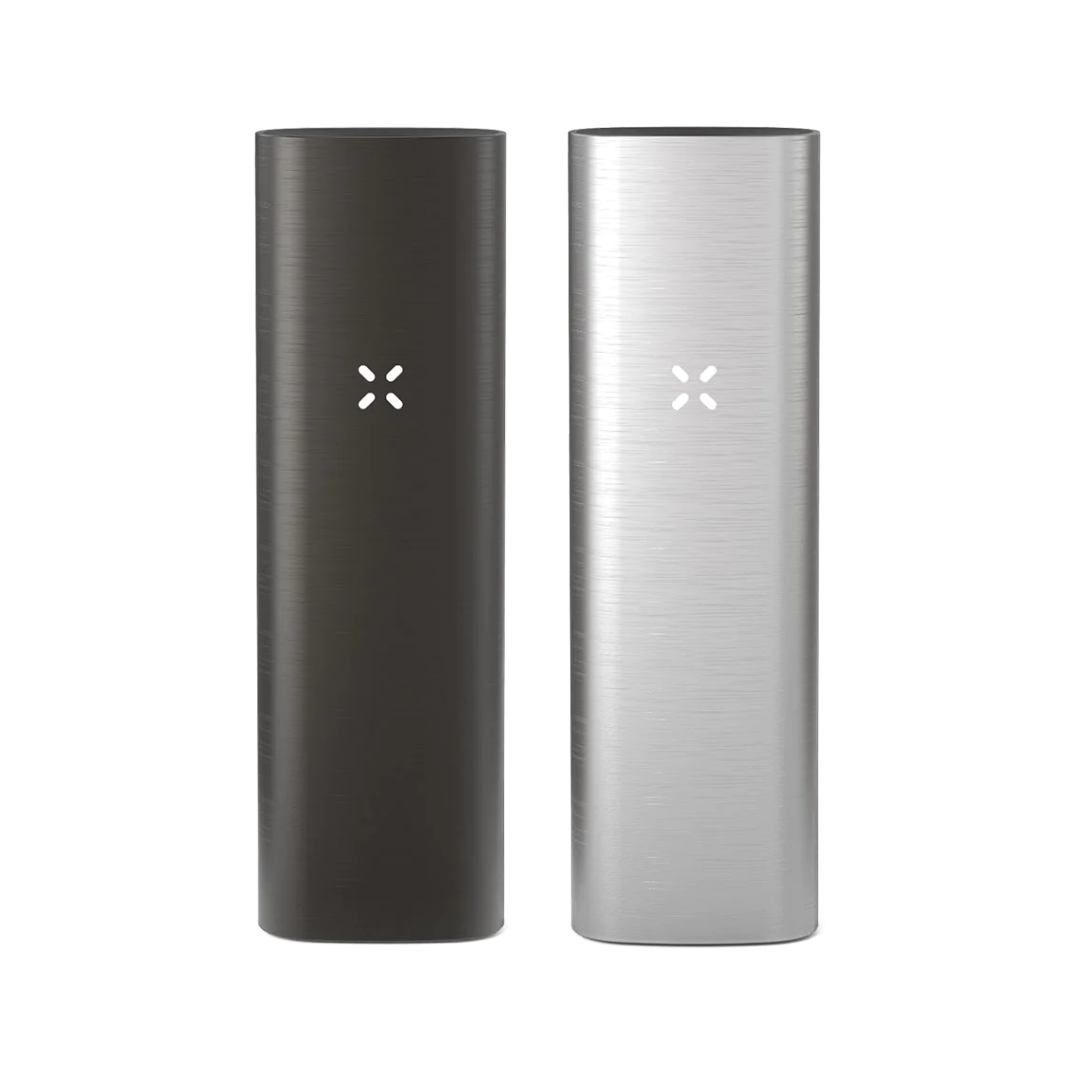What is the difference between conduction, convection and hybrid heating?
Learning the difference between conduction, convection and hybrid heating systems can be difficult for even experienced vapers. Knowing the difference between these different heating systems is vital in choosing the best vape for your needs and can save you from making a purchase you’ll regret later. Here’s a quick break down of the difference between these different heating elements.
Conduction
Conduction heating is the process of transferring heat directly from one solid substance to another solid substance with a different temperature. For conduction ovens to work, your dry herb needs to be in direct contact with the heating element. As a result, conduction vaporizers heat up a lot faster and produce a lot of visible vapour. However, because your dry herb is in direct contact with the heating element, there is a higher risk of your herb being charred and introducing smoke into your vapour, which kind of defeats the purpose of vaping in the first place – so it’s usually best to stir your herb around regularly to ensure even heat coverage. The walls of a conduction oven are always made from materials that conduct heat well, like steel or high-quality ceramics like zirconia.
Convection
Convection heat works by first heating air, and when you inhale, the force of your breath pulls the hot air up through your material to create vapour. Some desktop vapes like the Volcano use a pump to push more hot air through your herb to heat it quickly and evenly.
Because your material has no direct contact with the heat source, there’s much less chance for it to char or burn so you’re pretty much always left with evenly vaped material. Additionally, as the hot air tends to penetrate through the entirety of your herb, convection heat will usually extract more active ingredients from your material per draw.
Pros and cons
Convection vaporizers produce better vapour taste and overall “quality,” but because of the space needed to accommodate an expansive oven (and in some cases, a fan / pump) they are usually much bulkier and less discreet, which can be a huge drawback for on-the-go vapers. It also makes convection energy completely incompatible for devices like portable vaporizer pens, which rely on being discreet. Convection technology is also considerably more complicated than conduction, so convection devices end up being the more expensive choice.
While conduction vaporizers run the risk of combustion, on the plus side they are usually much cheaper than convection devices and also considerably smaller – making them a better choice for newbies or the budget-conscious. But just because you’re strapped for cash or new to the community doesn’t mean you should have to settle for a lesser device, which is where the beauty of hybrids comes in.
Hybrid – the best of both worlds
Hybrid devices work by blending the near-instantaneous heat and visible vapour production of a conduction vape, with the high-quality engineering and superior heat coverage of convection devices. The walls of the chamber will heat up for quick rapid production, while the convection oven continues to pass hot air through your herb to ensure even vaporization and smooth, tasty vapour with every hit.
Our Top 3 Budget-Friendly Hybrid Vapes
The best part of hybrid devices is that they don’t have to break the bank. Our top 3 choices for great hybrid vaporizers range between $150 and $230, which is a more than reasonable price-tag for this level of quality and craftsmanship. Happy vaping!





